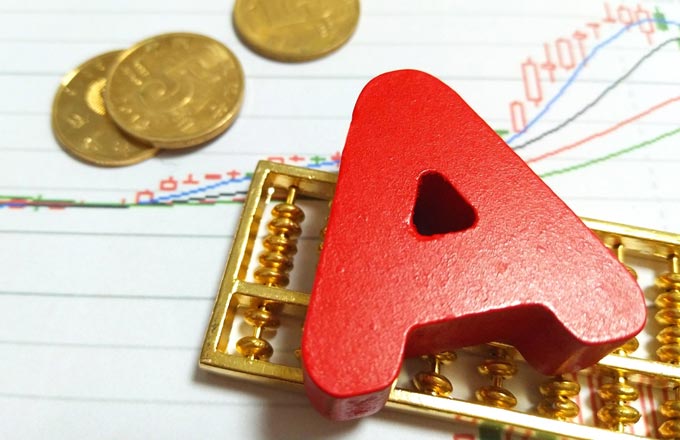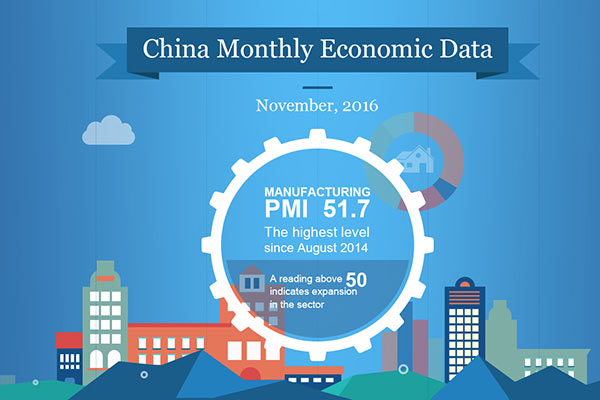Chinese yuan starts new year journey with big jump
SHANGHAI - The Chinese yuan, or renminbi, started the new year with a big jump, surprising the market with a strong strengthening performance.
The central parity rate of the yuan continued to strengthen against the US dollar on Friday by a hefty 639 basis points to reach 6.8668, the highest within a month, according to the China Foreign Exchange Trade System.
This was the yuan midpoint's biggest one-day increase since 2005 when it was revalued.
The market expected that the yuan might experience a new round of depreciation against the US dollar in 2017 over concerns of slowdown of the world's second largest economy, capital outflows and anticipation of US interest rate hikes.
However, both the offshore (CNH) and onshore yuan have been rallying this week, mainly driven by a surge in yuan borrowing costs offshore and tighter liquidity.
The offshore yuan has risen about 2.5 percent since Tuesday, with its gains over Wednesday and Thursday being the biggest two-day gains since its introduction in 2010.
This turnaround caught yuan short sellers off guard, and has been likened by some to the yuan's dramatic turnaround last year following its prolonged depreciation.
"The movement yesterday, however, was not triggered by an outright intervention from the People's Bank of China [...] it was more like a knee-jerk reaction as there were massive stop-loss flows in the market," said Commerzbank AG senior EM economist Asia Zhou Hao.
Zhou said the cost of funding has been rising for weeks in the CNH market, meaning it will be costly to short-sell the yuan. The market, meanwhile, was cautious when USD-CNH was approaching the landmark level of 7.0.
Lin Caiyi, chief economist with Guotai Junan Securities, attributed the strengthening yuan to a weakening dollar as the latest US Fed meeting dulled market expectations for an even stronger US dollar.
Meanwhile, a decision by the Chinese central bank and the forex watchdog to enhance checks on individual and institutional forex transactions also contributed to the strengthening yuan, Lin said.
The Chinese central bank shifted its benchmarked exchange rate policy from a stable yuan to a stable yuan against a basket of currencies (CFETS), which suggests the central bank intends to stabilize the CFETS basket during the US rates normalization cycle.
This year, China expanded its official CNY basket to 24 currencies from 13. In the new basket the weighting of the USD and that of all currencies pegged to the USD has fallen from 33 percent to 30.5 percent.
However, all these technical amendments will do little to change market sentiment. The yuan is still under pressure due to capital outflow, Zhou pointed out.
Chinese banks continued to see net foreign exchange sales in November, and the volume expanded, while forex reserves fell for the fifth straight month to $3.05 trillion, the lowest level since March 2011.
A "managed floating regime" remains the key theme for CNY exchange rate over the foreseeable future, Zhou added.
Depreciation of the yuan might slow and fluctuations are likely as over short-selling could be very costly, Lin said.
The offshore yuan ended its surge on Friday afternoon and began to fall, dropping by over one percent at some point during the trading.

















